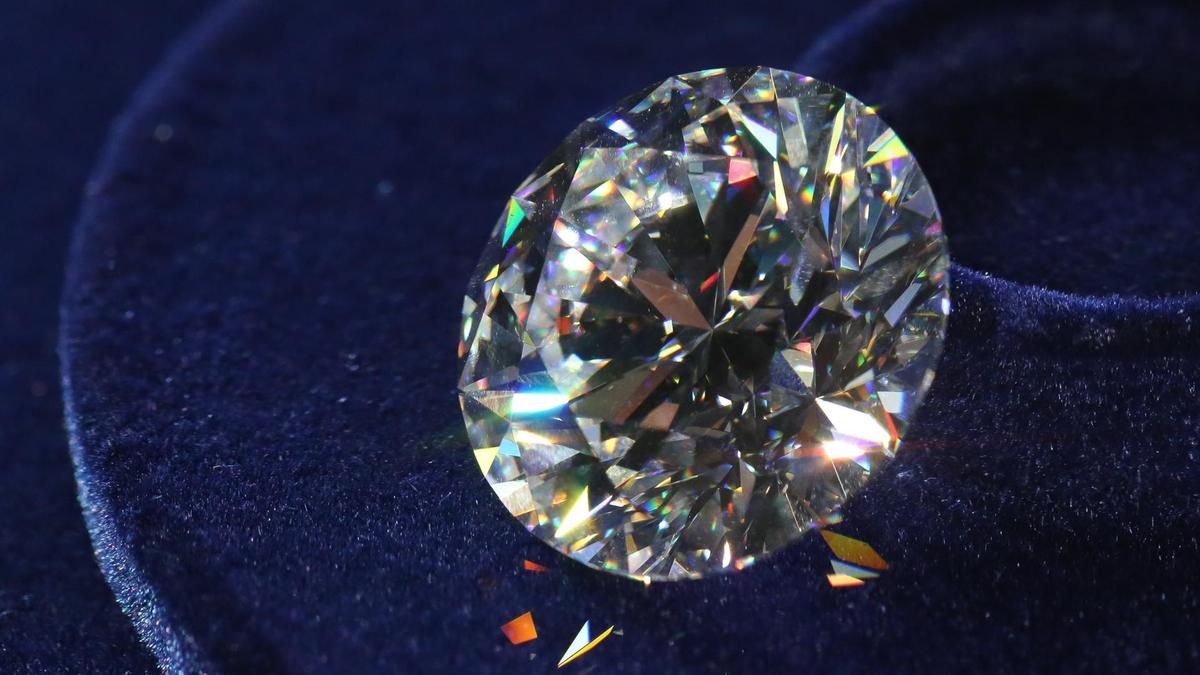Introduction
Diamonds have long been the epitome of elegance and luxury, adorning everything from engagement rings to royal crowns. But in recent years, a new contender has entered the scene: lab grown diamonds. These marvels of modern science are challenging traditional notions about what diamonds should be. But are they really as good as the real thing? Let’s dive in and discover the unparalleled quality of lab grown diamonds.
What Are Lab Grown Diamonds?
Lab grown diamonds, also known as synthetic diamonds, are diamonds that are created in a controlled laboratory environment rather than being mined from the earth. They have the same physical, chemical, and optical properties as natural diamonds, making them virtually indistinguishable from their mined counterparts.
The Science Behind Lab Grown Diamonds
Lab grown diamonds are created using advanced technological processes that replicate the natural conditions under which diamonds form in the earth’s mantle. These processes involve high temperature and high pressure or a carbon-rich gas that deposits carbon atoms layer by layer onto a diamond seed.
History of Lab Grown Diamonds
The journey of lab grown diamonds began in the 1950s when General Electric first produced a synthetic diamond using the high-pressure, high-temperature (HPHT) method. Since then, the technology has evolved significantly, leading to the creation of high-quality diamonds that are now available to consumers.
How Lab Grown Diamonds Are Made
There are two primary methods used to create lab grown diamonds: High-Pressure High-Temperature (HPHT) and Chemical Vapor Deposition (CVD).
High-Pressure High-Temperature (HPHT) Method
The HPHT method mimics the natural process of diamond formation. A small diamond seed is placed in carbon and subjected to extreme pressure and temperature, which causes the carbon to crystallize around the seed, forming a diamond.
Chemical Vapor Deposition (CVD) Method
In the CVD method, a diamond seed is placed in a chamber filled with a carbon-rich gas, such as methane. The gas is ionized, breaking down the carbon molecules, which then deposit onto the seed, growing layer by layer into a diamond.
Comparing Lab Grown Diamonds and Natural Diamonds
Physical and Chemical Properties
Lab grown diamonds are chemically and physically identical to natural diamonds. They exhibit the same hardness, brilliance, and sparkle, making them indistinguishable even to trained gemologists without specialized equipment.
Aesthetic Differences
While lab grown and natural diamonds are virtually identical in appearance, lab grown diamonds can be produced in a variety of colors more easily than natural diamonds. This is achieved by adding specific elements during the growth process.
Price Comparison
One of the most significant differences between lab grown and natural diamonds is the price. Lab grown diamonds are typically 20-40% less expensive than their natural counterparts, making them a more affordable option without compromising on quality.
Benefits of Choosing Lab Grown Diamonds
Environmental Impact
Lab grown diamonds are a more sustainable choice. Traditional diamond mining is associated with significant environmental degradation, including deforestation, soil erosion, and loss of biodiversity. Lab grown diamonds require less land and water and generate fewer carbon emissions.
Ethical Considerations
Conflict diamonds, also known as blood diamonds, are those mined in war zones and sold to finance armed conflict against governments. Lab grown diamonds are free from these ethical concerns, as they are created in a controlled environment with traceable origins.
Cost-Effectiveness
In addition to being more affordable, Type IIA Diamonds offer excellent value for money. Their lower price does not mean lower quality, allowing consumers to purchase larger or higher quality stones within their budget.
Common Misconceptions About Lab Grown Diamonds
Are They Fake?
One common misconception is that lab grown diamonds are fake. However, this is far from the truth. Lab grown diamonds are real diamonds with the same physical and chemical properties as natural diamonds. They are not imitation diamonds like cubic zirconia or moissanite.
Do They Lack Value?
Another misconception is that lab grown diamonds do not hold value. While it’s true that natural diamonds can appreciate in value, especially rare ones, lab grown diamonds offer excellent value and are increasingly being recognized and valued by the jewelry market.
The Future of Lab Grown Diamonds
Technological Advancements
As technology continues to advance, the quality and affordability of lab grown diamonds are expected to improve further. New methods and innovations are constantly being developed, making lab grown diamonds even more accessible to consumers.
Market Trends
The demand for lab grown diamonds is on the rise, driven by increasing consumer awareness and preference for ethical and sustainable products. The market is expected to grow significantly in the coming years, with more retailers offering a wider range of lab grown diamond jewelry.
Conclusion
Lab grown diamonds represent a significant advancement in both technology and consumer choice. They offer all the beauty and durability of natural diamonds but come with added benefits of affordability, ethical production, and environmental sustainability. As the market continues to evolve, lab grown diamonds are poised to become a mainstream choice for discerning buyers.
FAQs
1. Are lab grown diamonds as durable as natural diamonds? Yes, lab grown diamonds have the same hardness and durability as natural diamonds, making them suitable for everyday wear.
2. Can you tell the difference between lab grown and natural diamonds? Without specialized equipment, it is nearly impossible to distinguish between lab grown and natural diamonds. Both have the same physical and optical properties.
3. Are lab grown diamonds a good investment? While lab grown diamonds do not appreciate in value like some natural diamonds, they offer excellent value for money and are a more ethical and sustainable choice.
4. How are lab grown diamonds certified? Lab grown diamonds are certified by the same gemological institutes that certify natural diamonds, such as GIA, IGI, and AGS, ensuring their quality and authenticity.
5. Can lab grown diamonds be used in all types of jewelry? Yes, lab grown diamonds can be used in all types of jewelry, including engagement rings, earrings, necklaces, and bracelets, offering the same beauty and durability as natural diamonds.





